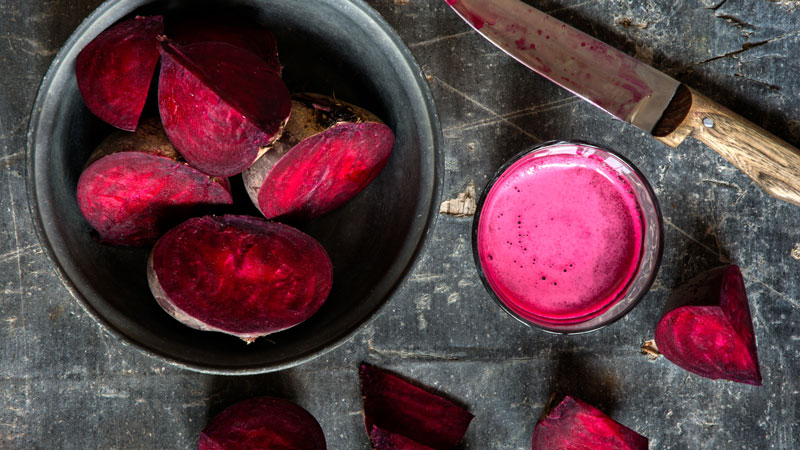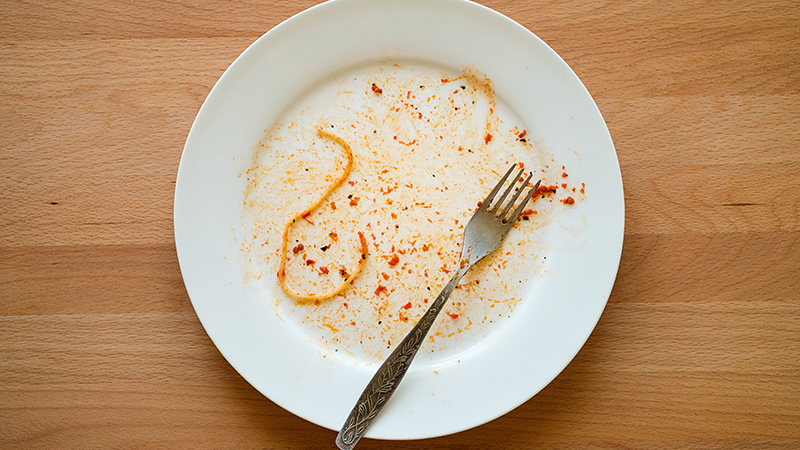Go With Your Gut: 4 Facts About Gluten Intolerance
The Truth About Gluten Intolerance
Gluten is the glue that holds it all together, and it’s a protein found in wheat, barley and rye. Meaning it’s found in foods you probably eat every day - bread, pasta, crackers, cereals, salad dressings and more.
So what happens when your body has an intolerance or sensitivity to gluten? The results can be unpleasant, painful and downright dangerous to your long-term health. Here’s what you should know about gluten intolerance.
Gluten Intolerance and Celiac Disease Are Different
There are two different types of gluten intolerance: Celiac disease and non-celiac gluten intolerance.
Celiac disease is a genetic, autoimmune disorder that affects about 1 in 100 people worldwide. People with celiac disease are genetically predisposed to gluten intolerance, and even ingesting a very small amount can lead to severe damage of the small intestine.
The disease can develop at any age and, if left untreated, can lead to serious health problems. Most concerning? Many people who have celiac disease don’t realize it. In fact, the Celiac Disease Foundation reports that an estimated 2.5 million Americans are undiagnosed, and therefore at risk for major long-term health complications.
But you don’t have to have celiac disease to have a gluten intolerance. Non-celiac gluten intolerance can be tough to diagnose because it’s not an autoimmune disease or a food allergy (although it is possible to be allergic to wheat). Non-celiac gluten intolerance means that your body’s digestive system can’t tolerate any form of the protein gluten. If consumed, your body fights against it with inflammation, causing digestive issues like fatigue, abdominal pain, diarrhea and gassiness. It’s estimated that 15 percent of the U.S. population has some sort of non-celiac gluten intolerance.
There Are Many Symptoms of Gluten Intolerance and Celiac Disease
Most people wonder if they have celiac disease or a gluten intolerance because of gastrointestinal symptoms like gassiness, diarrhea, constipation or excessive bloating. But other symptoms might not be so obvious. And while gluten intolerance and celiac disease are different, many of the symptoms can be similar. Here are some signs of celiac disease and gluten intolerance you might not be aware of.
- Digestive issues
- Fatigue, especially after eating gluten
- Frequent headaches, migraines, dizziness or seizures
- Iron deficiency and anemia
- Depression and anxiety
- Missed menstrual periods
- Fertility issues
- Skin rash
- Tingling or numbness in hands and/or feet
- Bone and joint pain
Getting a Proper Diagnosis Is Key
Getting a proper diagnosis is the first step toward feeling better and living a healthy life. Diagnosing celiac disease is pretty straight forward. A gastroenterologist will be able to make a diagnosis based on blood tests and a biopsy of the small intestine.
Diagnosing non-celiac gluten intolerance is a little trickier. Your physician will test you for celiac disease, wheat allergy and other things that might be associated with your particular symptoms. If you test negatively for those things, you’ll start a gluten-free diet. If going gluten-free for a while improves your symptoms, you’ll probably be diagnosed with non-celiac gluten intolerance.
If you think you might have a gluten intolerance, it’s important to keep gluten in your diet until you visit your physician. This is the only way the to test properly.
Eating Gluten-Free is Becoming Easier
Celiac disease and non-celiac gluten intolerance are managed by following a strict gluten-free diet. And when we say strict, we mean it. No cheat days. For some people, even just eating food that has been cooked or prepared alongside breads or other gluten-heavy foods (even consuming a couple breadcrumbs!) can cause a reaction.
The Celiac Disease Foundation recommends sticking to a diet that is high in foods that are naturally gluten-free like fruits and vegetables, dairy, lean meats, fish and seafood, and beans, nuts and legumes. When it comes to starches, there are plenty of grain-free options such as potatoes, corn, rice, soy, quinoa, millet, flax, chia and nut flours - just to name a few. It’s best to consume gluten-free substitutes (like gluten-free bread, pizza crust and pasta) sparingly. The more fresh, unprocessed foods in your diet, the better.
When it comes to alcohol, it is possible to find gluten-free options. For example, beer and whiskey almost always contain gluten, while rum and tequila are almost always gluten-free. Ciders and wines are also usually safe to drink. Be sure to talk with your care provider about your specific situation and health needs, and always drink in moderation.
Adjusting to a gluten-free lifestyle means you’ll need to learn how to cook a little differently. But, even people without a gluten intolerance can enjoy gluten-free food. (IE: you won’t have to cook completely separate meals for your partner and/or family members.) Here are a couple recipes that are sure to please both gluten lovers and gluten avoiders.
- Gluten-Free Mac and Cheese
- Gluten-Free Coconut Chia Pudding
- Gluten-Free Orange Chicken Bowl
- Gluten-Free Brownies
Now that more people are eating gluten-free out of medical necessity or lifestyle choice, grocery stores, restaurants and recipe books are making gluten-free options more abundant than ever. If you have celiac disease or a serious gluten intolerance, be sure to let servers and friends know your dietary needs. With the right amount of medical care, planning, patience and diligence, celiac disease and gluten intolerance can be managed and controlled.





